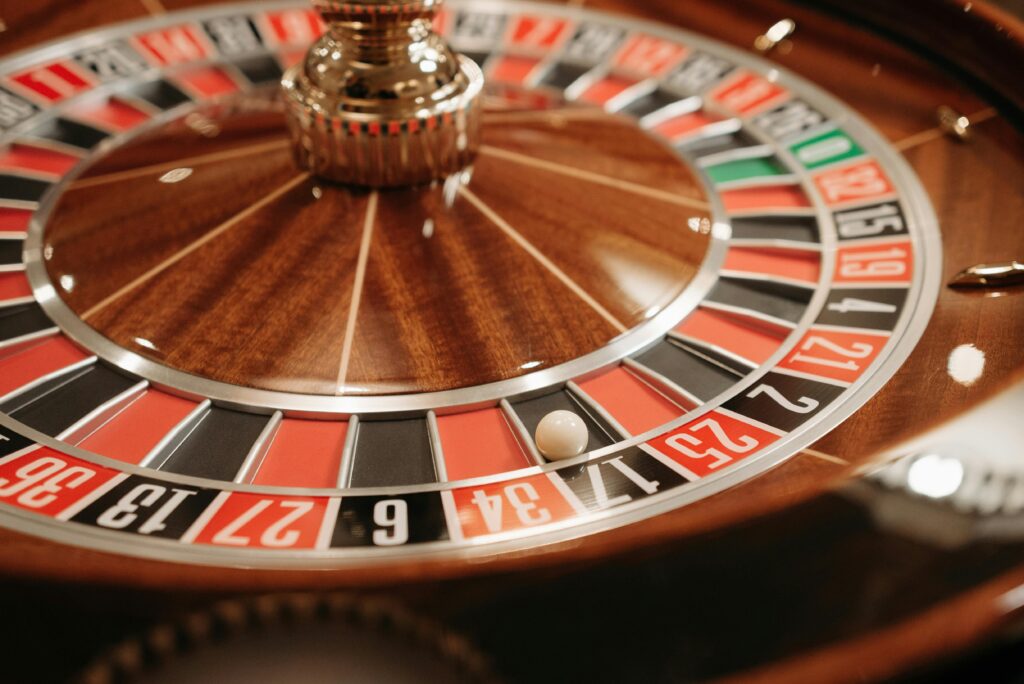Understanding Betting Systems
Betting systems aim to provide a calculated approach to wagering. They often start with specific rules and patterns seen in various betting scenarios.
What Are Betting Systems?
Betting systems are structured methods or strategies used to enhance decision-making in gambling. They include specific rules on bet sizes and when to place or withdraw bets. Some systems focus on progressive betting where the bet amount changes based on previous outcomes while others use flat betting where the bet amount remains constant. Common examples include the Martingale and Fibonacci systems.
History Of Betting Systems
Betting systems have been around for centuries. The earliest forms can be traced back to ancient civilizations like the Greeks and Romans who used simple strategies while gambling on events. Over time, these evolved and became more sophisticated. The modern versions we see today emerged in the 18th century, gaining popularity in European casinos. Pioneers like John H. Martingale introduced systems that still influence modern gambling strategies.
Popular Betting Systems
Numerous betting systems exist, each with unique strategies and risk levels. Understanding these systems helps tailor them to individual betting preferences.
Martingale System
The Martingale System doubles the bet after every loss, aiming to recover losses with a single win. Originating from 18th-century France, it suits gamblers with large bankrolls and high-risk tolerance but risks large financial losses.
Fibonacci System
The Fibonacci System uses a sequence where each number is the sum of the two preceding ones (e.g., 1, 1, 2, 3, 5). After a loss, bets move to the next number; after a win, they move back two steps. It’s less aggressive than Martingale but requires careful tracking of bets.
Labouchere System
The Labouchere System, or cancellation system, involves creating a sequence of numbers representing the betting units. The bet equals the sum of the first and last numbers in the sequence. Bets reset after wins, and unwon numbers remain, making it complex but manageable with discipline.
Paroli System
The Paroli System is a positive progression where the bet doubles after each win. Gambler’s risk only initial stakes, not accumulated winnings. It’s less likely to incur significant losses but still demands strategic betting and streak recognition.
Kelly Criterion
The Kelly Criterion calculates bet size based on the probability of winning minus the probability of losing divided by the odds. It’s mathematically driven and maximizes bankroll growth over time, though it requires precise probability estimation and may not suit casual bettors.
Pros And Cons Of Betting Systems

Betting systems offer structured approaches, aiming to boost your chances while managing risks. Evaluating their benefits and downsides helps choose which suits your needs.
Advantages
- Structure and Discipline: Systems like Labouchere and Kelly Criterion instill discipline. They enforce specific rules, preventing impulsive decisions.
- Manageable Risk: Less aggressive systems, such as Fibonacci and Paroli, help control losses. They use sequences or positive progression, making them safer.
- Strategic Betting: Methods like the Kelly Criterion calculate optimal bet sizes. They consider probabilities, promoting strategic and informed betting.
- Potential for Higher Returns: Aggressive systems such as Martingale offer high return potential. By doubling after losses, it aims to recover all previous losses plus a profit.
- Significant Financial Loss: High-risk systems like Martingale can lead to substantial losses. If losing streaks persist, doubling bets quickly depletes funds.
- Complexity: Some systems, such as Labouchere and Kelly Criterion, are complex. Calculating sequences or probabilities requires a higher skill level.
- Bankroll Requirements: Many systems demand considerable bankrolls. Sustaining bets, especially in systems like Martingale, needs significant capital.
- Not Foolproof: No system guarantees wins. Factors like house edge and random outcomes impact results, making consistent success challenging.
Understanding these pros and cons aids in selecting a betting system tailored to your strategy. Balancing potential returns against associated risks is crucial for effective betting.
Factors To Consider When Choosing A Betting System
Several factors guide the choice of an effective betting system. Each aspect plays a crucial role in determining which strategy aligns best with my objectives and risk tolerance.
Personal Risk Tolerance
My personal risk tolerance dictates how much I am willing to lose before it becomes uncomfortable. High-risk strategies like the Martingale System involve significant financial exposure, doubling bets after each loss, which might not suit someone with a low-risk threshold. Conversely, systems like the Fibonacci or Paroli systems offer less aggressive approaches, with more controlled betting patterns.
Bankroll Management
Effective bankroll management helps ensure longevity in betting. My bankroll should dictate the initiation bets and the extent to which I can sustain losses. Systems like the Kelly Criterion are aligned with this, optimizing bet sizes based on probabilities and available funds. In contrast, systems demanding high starting amounts or rapid escalations, such as the Labouchere System, require a sizeable bankroll to be effective and sustainable.
Type Of Betting
The type of betting influences which system performs optimally. Sports betting differs greatly from casino games in terms of probabilities and bet structuring. The Kelly Criterion might work best for sports betting, given its mathematical basis on probabilities, whereas systems like Martingale or Paroli might be more suited for even-money casino games, where outcomes are more binary. Selecting a betting system depends on the specific characteristics of the betting type involved.
Real-Life Examples And Case Studies
Exploring real-life betting experiences unveils the practical effectiveness of various betting systems. I’ll cover success stories and cautionary tales to showcase the dynamics of these strategies.
Success Stories
One notable success story involves a poker player who used the Kelly Criterion. By calculating the optimal bet sizes based on winning probabilities, he maximized his gains while mitigating losses. Over five years, he grew his bankroll from $10,000 to $500,000, consistently adhering to the precise calculations this system demands.
In another instance, a roulette player applied the Paroli System. He focused on doubling his bets after each win. In one session, he turned $100 into $1,000 by capitalizing on a winning streak and stopping after reaching his target. This demonstrates the effectiveness of a positive progression system when the conditions align.
Cautionary Tales
A cautionary tale illustrates the risks of the Martingale System. A bettor started with a $50 stake and doubled bets after each loss. Within an hour, he lost over $5,000 due to a streak of 10 consecutive losses. This example highlights the dangers of high-risk strategies, particularly with limited bankrolls.
Another cautionary example involves the Labouchere System. A blackjack player meticulously tracked his betting sequence. Despite early success, a series of losses derailed him. With insufficient funds to complete the sequence, he lost his entire bankroll. This story underscores the necessity of adequate funds and discipline when using such systems.









